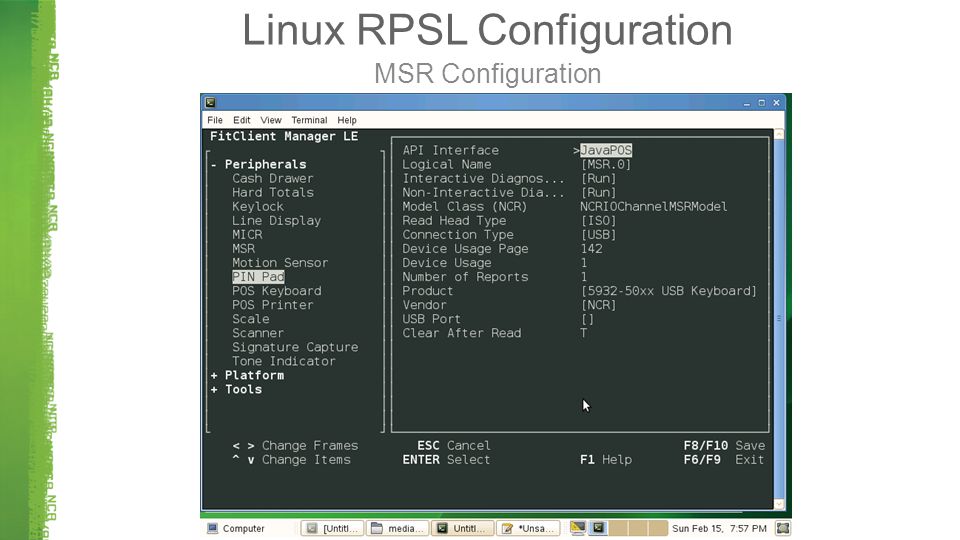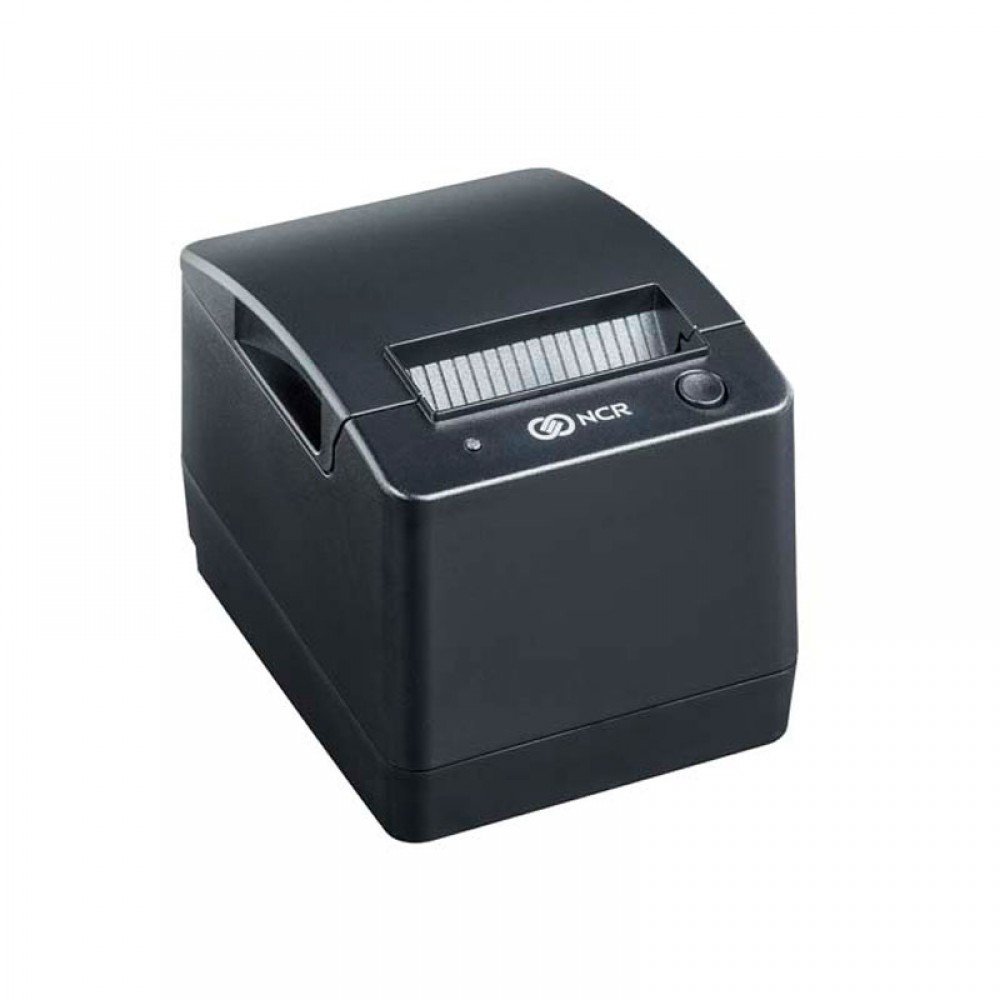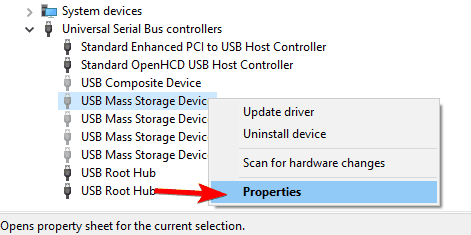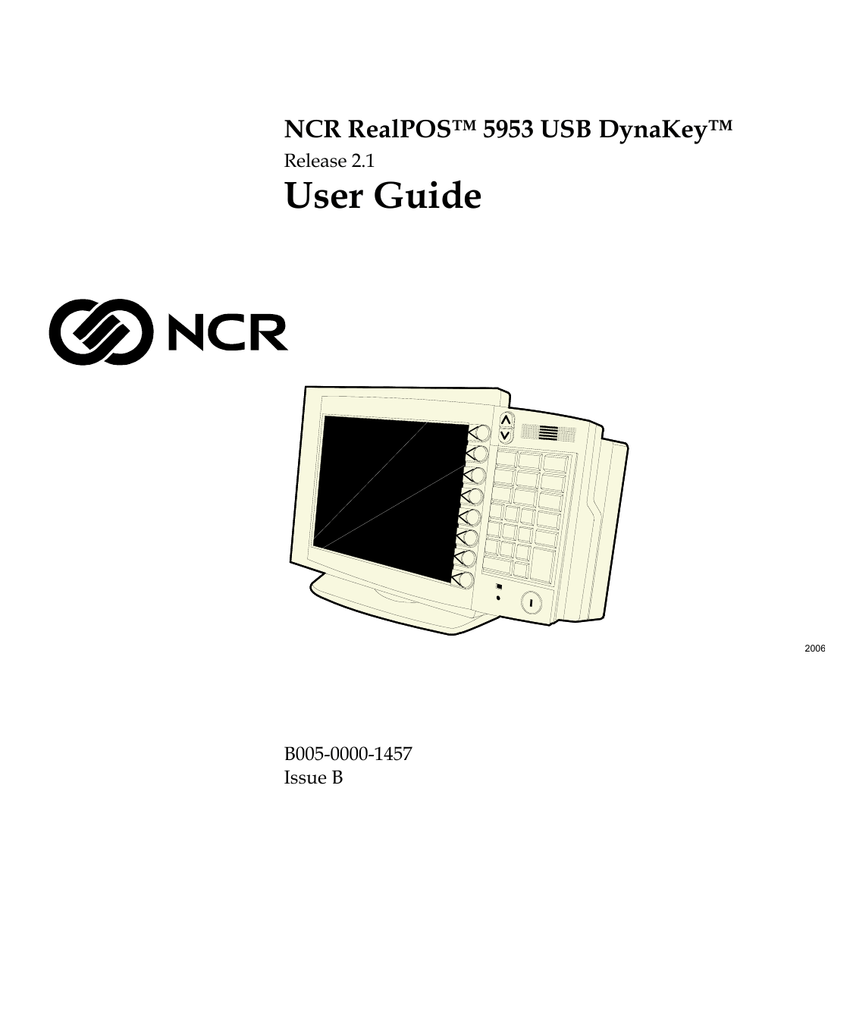
The magnetic stripe reader driver sample demonstrates how to create a universal driver for a magnetic stripe reader and is intended to be used as a template for creating a new driver. The sample uses the User-Mode Driver Framework (UMDF) 2.0 and demonstrates basic functionality such as claiming the device for exclusive access. The sample driver can be compiled and deployed on x86, amd64, and ARM platforms.
- OPOS 1.13 Driver Package for USB HID Swipe Readers - PN99510115 - v107. The OPOS driver for HID Swipe Readers may be used with our Dynamag, SureSwipe, DynaPAD, and non-SCRA USB swipe readers running in HID mode. This package will install the driver, documentation and test application.
- USB™ multi-port adapters with Ethernet connectivity and some Ethernet adapters are not compatible at this time (due to IC design). Click here for more information. The display driver does not support Mac® computers with the M1 processor at this time, contact your computer manufacturer to verify if your computer supports the display driver.
- Device Management. With the emergence of consumer experience as a major competitive differentiator for retail banks, careful measurement of your self-service channel optimization is more important than ever. Self-service devices have become the go-to solution for providing a more immediate and low cost channel for consumer service.
When you plug the device into your USB, Windows will look for the associated driver, if it cannot find this driver then you will be prompted to insert the driver disc that came with your device. Common USB Device errors are ‘ usb port not working ‘, ‘device descriptor request failed error’ or ‘bugcodeusbdriver’ issues.
Requirements
Windows 10
Microsoft Visual Studio (any version)
The Windows Software Development Kit (SDK) 10 is also required, but this is installed as part of Microsoft Visual Studio.
Note
The sample driver does not require any magnetic stripe reader hardware to function because it operates on a software device. If you have a hardware device you wish to use with the sample, you can still use the driver by adding the device's hardware ID to the INF file.
Download and extract the sample
The Windows driver samples are available on GitHub.
Download Windows-driver-samples-master.zip. This file contains all Windows Driver Kit (WDK) samples.
Extract Windows-driver-samples-master.zip to the location of your choice on your development machine. This location will be referred to as
<sample_root>throughout the remainder of this article.
Open the driver solution in Visual Studio
In Windows Explorer, navigate to the
<sample_root>posdriversMagneticStripeReaderfolder.Double-click the solution file, MagneticStripeReader.sln to open the solution with Visual Studio.
The project zip file was downloaded from the Internet so you may see a security warning when you open the solution. If you do, click OK to finish loading the project.
In Visual Studio, locate Solution Explorer. If this is not already open, select Solution Explorer from the View menu. In Solution Explorer, you can see the project and the source files it contains.
Build the sample using Visual Studio
From the Standard toolbar in Visual Studio, select the Solution Platform that matches your operating system platform. For example, if you are using a 64-bit version of Windows, select x64.
Note
If targeting the ARM platform, you will need to use the configuration manager to add ARM to your list of targets.
Select Build Solution from the Build menu.
Install the driver
When built, the driver was signed with a test certification. In order to install the driver for testing, you need to change your boot configuration to allow drivers signed with a test certificate to load. To change the setting, open up an elevated command prompt and enter the command:
bcdedit.exe /set TESTSIGNING onReboot your machine.
Note
If test-signing had been enabled previously, a reboot is not necessary.
From an elevated command prompt, navigate to the folder where your project was built. If you created an x64 debug build, this folder will be
<project_root>x64DebugSampleMagneticStripeReaderDrv.In that folder, you will see the following files:
File Description SampleMagneticStripeReaderDrv.dll The driver file. SampleMagneticStripeReaderDrv.inf An INF file that contains information needed to install the driver. samplemagneticstripereaderdrv.cat A signed catalog file, which serves as the signature for the entire package. Identify the path to the Device Console utility (devcon.exe) that matches your OS and driver platform. The default locations for the x64 version is
C:Program Files (x86)Windows Kits10Toolsx64.Type the following command, replacing <devcon_path> with the path to the devcon.exe file that you located in the previous step.
'<devcon_path>devcon.exe' install SampleMagneticStripeReaderDrv.inf RootSampleMagneticStripeReaderDrvYou will see a Windows Security dialog informing you that the publisher of the driver can't be verified. This is because the driver was signed with a test certificate. Click Install this driver software anyway. In a moment, you will see confirmation that your driver was installed correctly.
If the Device Console utility wasn't able to install the driver, confirm that you were using the one that matches your current OS platform and the platform of the driver.
View the device in Device Manager
Open Device Manager. This can be done many ways, but if you're still in a command prompt then type
devmgmt.In Device Manager, choose Devices by type from the View menu.
Your device is listed under the Samples node.
P1530/P1230 Drivers
| Driver Type: Platform | Driver Name: Gen3_v2.31.0.0.msi | Release Date: 5/04/2020 | Size: 7.92 MB |
Description: Release Notes: | |||

| Driver Type: Line Display / 2x20 | Driver Name: RadUSerial_LineDisplay_1.0.0.3.zip | Release Date: 03/02/2018 | Size: 7.22 MB |
| Description: Virtual Serial Line Display driver for NCR USB line displays. Installing this driver creates a virtual COM port that can be used to interface to an NCR USB line display in the same way as a legacy Radiant serial line display. Currently supported USB line displays are: Release Notes: | |||
| Driver Type: Biometric Sensor | Driver Name: RadBio_RT_v1.9.0.0.zip | Release Date: 1/10/2019 | Size: 46.4 MB |
Description: Release Notes: | |||
| Driver Type: Wireless Driver | Driver Name: Wireless_15.2.0_Dx32.zip | Release Date: 05/15/2013 | Size: 12MB |
Description: Release Notes: | |||
| Driver Type: BIOS | Driver Name: P1230_BIOS_Flash_vA17.exe | Release Date: 11/04/2014 | Size: 6.63MB |
Description: Release Notes: | |||
| Driver Type: BIOS | Driver Name: P1530_BIOS_vA04.zip | Release Date: 12/23/2015 | Size: 4.38MB |
Description: Release Notes: | |||
Ncr Usb Devices Driver Windows 10
| Driver Type: Audio | Driver Name: Win7_R266.zip | Release Date: 10/24/2011 | Size: 50MB |
Description: Release Notes: | |||
| Driver Type: Touchscreen | Driver Name: 3M_Capacitive_7.13.8.zip | Release Date: 4/20/2012 | Size: 3.8MB |
Description: Release Notes: | |||
| Driver Type: OPOS | Driver Name: OPOSCCOs-1_7_001.zip | Release Date: 6/14/2005 | Size: 942KB |
Description: Release Notes: | |||
| Driver Type: Serial Port | Driver Name: Serial1220_3.5.0.9.zip | Release Date: 05/08/2012 | Size: 71 KB |
Description: Release Notes: | |||

| Driver Type: Wireless Driver | Driver Name: ICS_Ds32.zip | Release Date: 11/02/2011 | Size: 7MB |
Description: Release Notes: | |||
NCR USB Devices Driver

| Driver Type: LAN | Driver Name: Driver_Win7_7.048.0823.2011.zip | Release Date: 10/24/2011 | Size: 695KB |
Description: Release Notes: | |||
| Driver Type: Scanner | Driver Name: BCSInterface_1.0.0.1 | Release Date: 1/17/2013 | Size: 5MB |
Description: Release Notes: | |||
| Driver Type: Serial Expansion Driver | Driver Name: Driver_Release Note32_77XX.zip | Release Date: 10/29/2009 | Size: 2.2MB |
Description: Release Notes: | |||
 This Web page was last modified on 6/24/2020 10:36:45 PM
This Web page was last modified on 6/24/2020 10:36:45 PM 